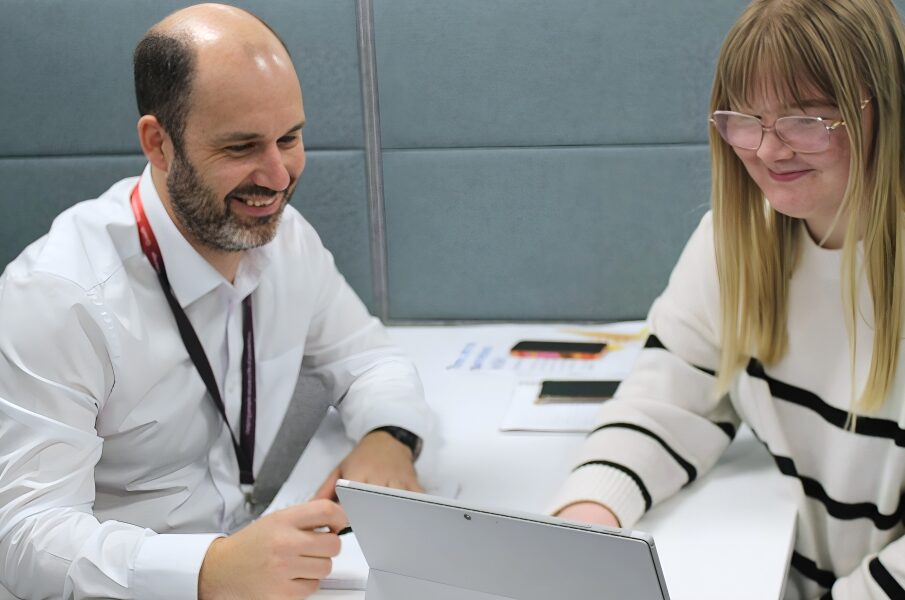Engagement vs Buy-in
In today’s fast-paced, collaborative business environment, passive approval is no longer enough. Clients want to be part of the process, not just the recipient. In consulting, project management, and many other industries, the phrase “client buy-in” is often seen as a milestone. It’s shorthand for agreement, approval, or a green light to move forward. But in practice, buy-in is often passive and temporary. True success comes from something deeper: client engagement.
Client engagement isn’t just about getting someone to say “yes”, it’s about building an active, ongoing partnership that drives shared ownership, mutual investment, and lasting results.
Here’s why engagement beats buy-in every time:
- Buy-in is transactional, engagement is relational
Buy-in often implies a one-time agreement. This could be a client signing off on a project plan or benefits, endorsing an idea in a workshop, or even something as simple as nodding at a presentation. It’s a checkbox, a formality. Once secured, the project team might assume they’re free to move forward autonomously.
Engagement, on the other hand, is a relationship. It’s built over time, through communication, involvement, and shared responsibility. Engaged clients don’t just approve the direction, they shape it. They care about the process, contribute actively, and are more invested in the outcome.
Seeking engagement isn’t just a better way to work, it’s what builds the foundation of trust. And trust is what drives long-term partnerships.
- Engaged clients lead to better decisions
When clients are engaged, they’re more likely to provide valuable input early, before small issues become big problems. They can clarify objectives, highlight organisational nuances, and flag risks that external partners may not see at first glance. By contrast, when clients appear removed after providing buy-in, they may only re-engage when something goes wrong and by then, it’s often too late to course-correct efficiently.
The best ideas and decisions rarely come from a siloed working. They emerge through collaboration. Engaged clients help to test assumptions, refine tools and working, and spot omissions and errors early, resulting in smarter decisions and fewer surprises later down the line.
- Engagement builds advocacy, not just approval
Buy-in alone can be shallow. A client might agree to a project or initiative but still harbour doubts or reluctance. They might support it in meetings but not advocate for it across the business. Engaged clients become internal champions. Because they’ve had a voice in the process, they feel a sense of ownership and responsibility. They’re more likely to rally their teams, explain the rationale behind decisions, and stand behind the project during any setbacks.
This internal momentum is critical, especially in complex or politically sensitive environments. A single point of buy-in won’t carry a project through. A network of advocates will.
- Engagement supports sustainability
Buy-in is often scoped to a single decision or project. Engagement, in contrast, opens the door to a broader, longer-term relationship. When clients are engaged, they learn alongside the delivery team. They gain insight into the methods, logic, and strategy behind the work. This builds internal capability, confidence, and positions the provider as a partner rather than a contracted resource. With this knowledge, clients are put in the best position to sustain project results once the delivery team step away.
This long-term sustainability is especially important in industries where change is constant. Engaged clients are more adaptable, more open to future initiatives, and more likely to ensure that the initiatives stick.
How can you foster engagement, rather than buy-in?
- Involving clients early and often. Don’t just present solutions, co-create them.
- Being transparent. Share risks, uncertainties, and decision points. Engagement thrives on honesty.
- Asking meaningful questions. Seek input on priorities, not just preferences.
- Encouraging feedback and acting on it. Engagement is a two-way street.
- Building relationships, not just agreements. Know your clients as people, not just roles.

